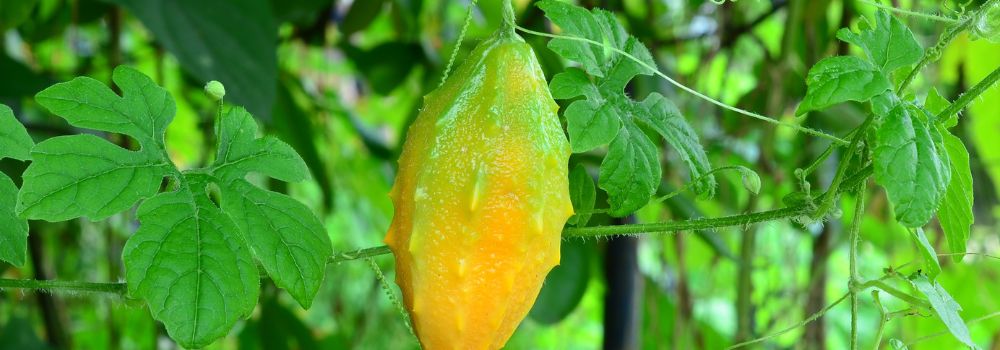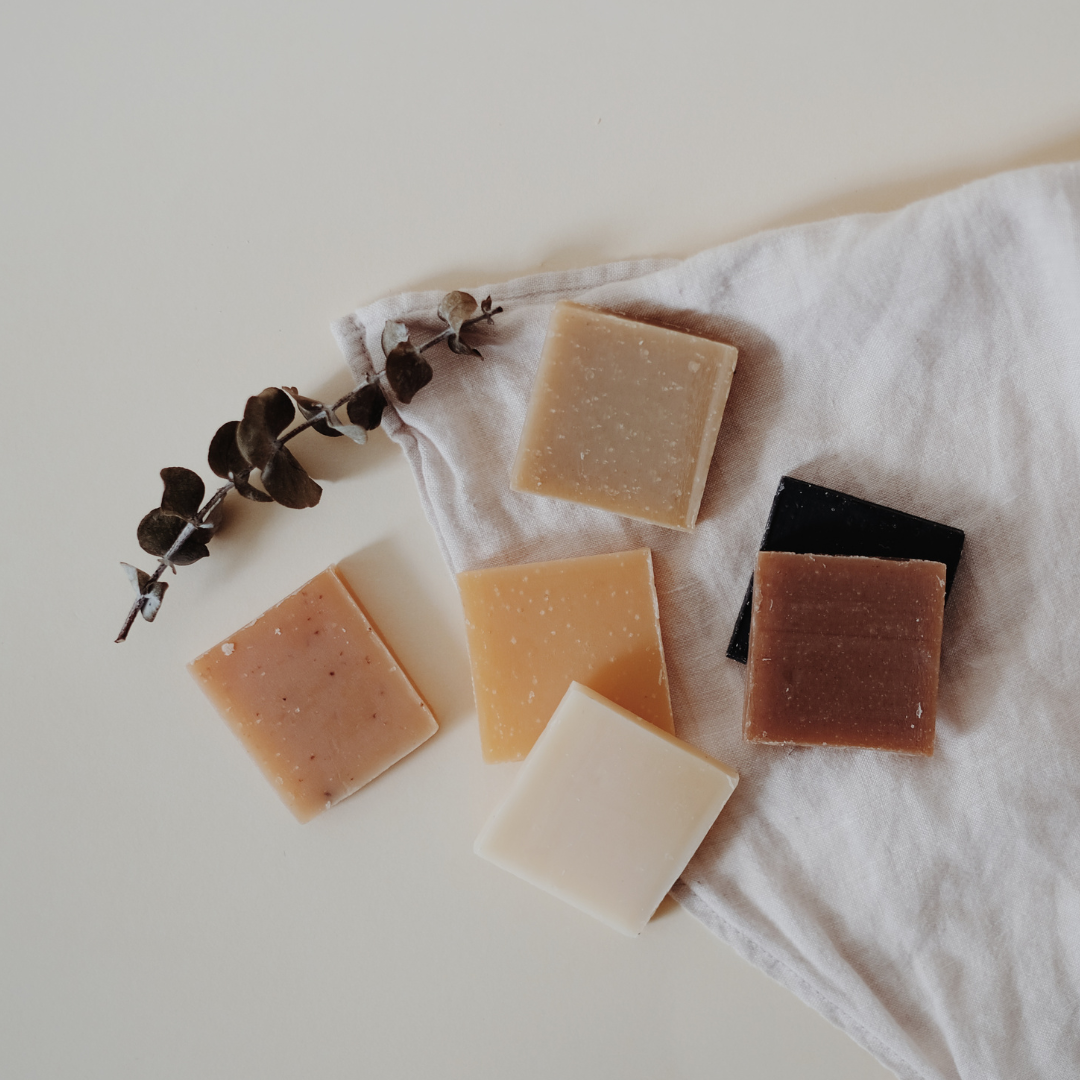
Cerasee for Blood Sugar: Bitter Herb, Sweet Results
If you’ve been seeking a plant-based way to manage blood sugar naturally, meet cerasee—a bitter herb with a remarkably sweet legacy. Known scientifically as Momordica charantia, cerasee is deeply rooted in Caribbean and African herbal traditions. Despite its sharp taste, it’s loved for its ability to support glucose metabolism, detoxification, and digestion.
🌿 What Is Cerasee?
Cerasee is a climbing vine with deeply lobed leaves and small yellow flowers, known for producing bitter melon fruit. In traditional herbal practices, it’s the leaves and stems that are brewed into medicinal teas.
🩸 Blood Sugar Benefits: What Science Is Saying
- Supports Glucose Metabolism
Cerasee contains charantin, polypeptide-p, and vicine—three compounds that may mimic insulin activity and improve glucose uptake.
Scientific Insight: A study published in Journal of Ethnopharmacology (2011) found that bitter melon extracts significantly reduced fasting blood glucose in people with type 2 diabetes.
2. Enhances Insulin Sensitivity
Regular intake of cerasee may help the body become more responsive to insulin, a key factor in managing type 2 diabetes and metabolic syndrome.
3. Reduces Inflammation Linked to High Blood Sugar
Oxidative stress and chronic inflammation often accompany blood sugar imbalances. Cerasee’s antioxidant properties can play a supportive role.
🌱 Traditional Uses of Cerasee
- Digestive tonic
- Detoxifier for skin and blood
- Laxative and anti-parasitic remedy
- Postpartum tonic in Caribbean folk medicine
Many herbalists value cerasee for its cooling, cleansing, and slightly purgative nature.
☕ How to Prepare Cerasee Tea
Ingredients:
- 1 tbsp dried cerasee leaves
- 2 cups boiling water
Instructions:
- Add cerasee to boiling water.
- Let steep 5–10 minutes.
- Strain and sip slowly.
Pro Tip: It’s strong! Start with a small cup and don’t drink daily without breaks.
⚠️ Safety, Side Effects, and Considerations
- Avoid during pregnancy (may stimulate uterine contractions).
- Not recommended for children without supervision.
- May cause gastrointestinal upset in large doses.
- Monitor blood sugar closely if on diabetic medications.
Scientific Note: A 2020 review in Frontiers in Pharmacology emphasized caution due to variability in strength and individual responses.
🌸 Herbal Harmony: Combine Cerasee with These Allies
- Cinnamon Bark: Balances flavor and supports glucose control.
- Ginger Root: Soothes digestion and warms the blend.
- Holy Basil (Tulsi): Reduces stress, which impacts blood sugar.
Try a blend of cerasee + cinnamon + ginger for a more palatable tea with synergistic benefits.
🧘 Lifestyle Tips to Maximize Cerasee Benefits
- Pair with a low-glycemic diet.
- Stay hydrated to support detox.
- Include movement daily for better insulin response.
- Manage stress with breathwork or meditation.
✅ Final Thoughts: Bitter Today, Balanced Tomorrow
Cerasee may not win taste tests, but it earns top marks for natural support of blood sugar regulation. When used mindfully, this bitter herb can yield sweet results—helping your body find a more balanced, energized state.
If you're exploring herbs for metabolic health, cerasee deserves a spot in your herbal toolkit. Get your cerasee extract here
🤔 FAQs About Cerasee and Blood Sugar
1. Can cerasee replace my diabetes medication?
No—use it as a supportive herb, not a substitute.
2. How often should I drink cerasee tea?
1–3 times per week is typical; always take breaks.
3. Does cerasee have any nutrients?
Yes—it contains iron, magnesium, and several antioxidants.
4. Can I sweeten the tea?
Try stevia or cinnamon instead of sugar to keep it blood sugar friendly.




